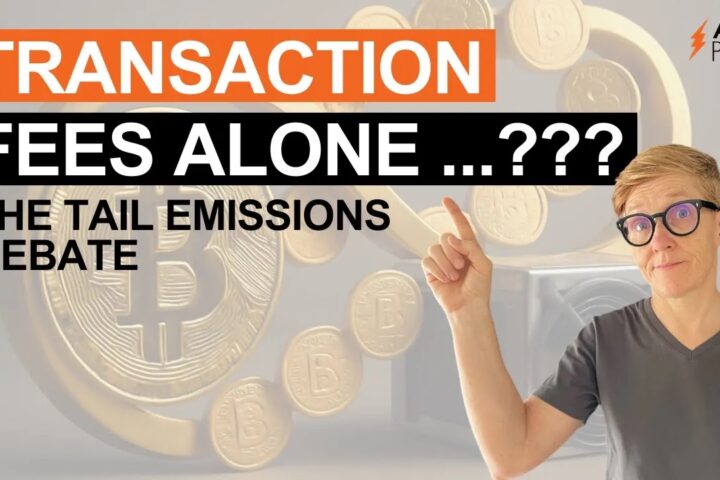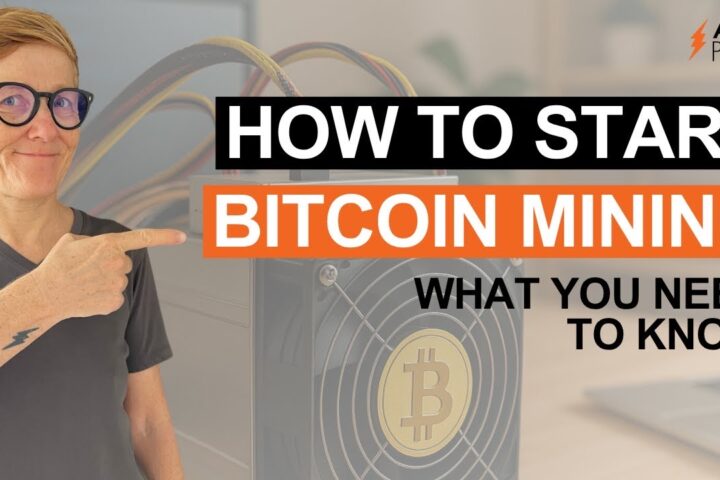Excerpt
I explain what “pre-mining” means and why Bitcoin’s launch was different. You’ll learn about the Genesis block, the concept of the timechain, and how Bitcoin’s transparent ledger proves there was no hidden pre-mine. Watch now to understand how it all began!
Transcript
So before its public launch, there was for sure some pre-mining because Satoshi needed to test the system. Having a test area where you develop stuff is a common practice in software development. But for the launch of Bitcoin itself, the system definitely was empty. It all started with the Genesis block, which is the name of the first block ever mined on the public chain. The Genesis block is so special because there was no previous block mined and as such it is hard-coded. It was created to define the starting point of the network. The first release of Bitcoin included the Genesis block to make all nodes in the system agree on the starting point. We also know it because everything in the Bitcoin software is built in the open. Opposite to the traditional financial system where you never know what’s going on behind the scenes. That means we can see the content of the Genesis block and the very first transactions and the unique timestamp when it was created. That’s why Satoshi said it’s a time chain, never mentioning the word blockchain because it stores all transactions that have ever been done in the correct chronological order. But the term blockchain also makes sense as one block is added to the chain of blocks one by one. And the hashing difficulty that is set for the miners is the central parameter that is steering the average 10 minutes time between blocks. And that mining difficulty was very low at the beginning. So even your computer, household computers could mine. And we can see the increasing hashing difficulty indicating that more and more mining machines contributed their processing power to the mining. And at the beginning, this hashing power was very very low. There also was only one transaction in the Genesis block, which was for the distribution of the 50 bitcoin block subsidy. The rewards that the miners receive for their work. Satoshi built it so that no one can spend these first 50 bitcoin in the Genesis block. That’s why many say the first block, the Genesis block, is actually block zero. And the following block that produced the first spendable bitcoin, which was also mined, is called the first block. So since Bitcoin’s cold and ledger is transparent, anyone can see how many bitcoin are included in each block. And the halving mechanism makes sure that on average every four years, the block subsidy is cut into half. So when it started, Bitcoin had a block subsidy of 50 bitcoin. And over the years, it got less and less. So in 2020, the block reward was 6.25 bitcoin. And since 2024, it’s 3.125 bitcoin. And this is also how Bitcoin supply is being issued until it reaches the 21 million limit. And all is fully transparent, as the halving mechanism is written in the code and cannot be changed without consensus. That means at any time we can look up, calculate and create the sum of all bitcoin ever issued. Every node in the network downloads all transactions that have ever been done and all the blocks from 2009 on. Meaning they can verify the Genesis block, the first subsidy with 50 bitcoin and other following block rewards in each mined block 2. So no one can cheat. And that’s how we know that there was no pre-mining. And the analysis of the blockchain also shows that Satoshi Nakamoto likely mined around 1 million bitcoin in the first years, where few other people were participating in the network. But this was all done publicly on the live network, not before the launch.



